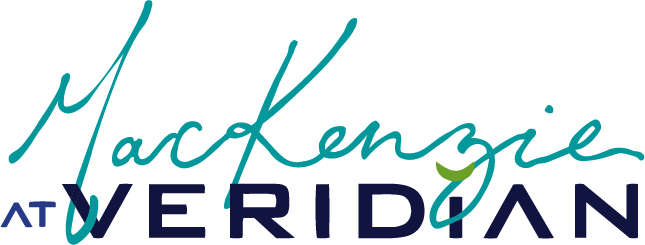Behind the Scenes: Designing a Museum Exhibit Catalog from Concept to Press
When most people flip through an exhibition catalog, they see the finished product — a polished book filled with artwork, essays, and photography. What they don’t see is the year or more of collaboration, craftsmanship, and precision it takes to bring a catalog to life.
The Audubon’s Birds of Florida catalog, created for the Museum of Arts and Sciences in Daytona Beach, is a perfect example. More than a companion piece, it became a work of art in its own right — a book that preserved history, delighted visitors, and gave donors a lasting legacy.
From Branding to Book Design
The catalog carried forward the visual identity we established for the exhibit itself. We began with the cover: a dark pink linen base paired with gold hot-foil detailing for a timeless, regal quality. The jacket featured the flamingo logo stepping out of Florida’s silhouette, echoing the exhibit branding, while the back displayed Audubon’s Reddish Egret.
Inside, we leaned into historic-inspired fonts with textured details that evoked 19th-century books while still feeling fresh. Every page balanced readability with artistry, honoring Audubon’s legacy while engaging modern audiences.
Curating and Typesetting
Organizing Audubon’s prints was a meticulous process. Each image was evaluated for impact and flow, carefully placed alongside text to create a compelling rhythm. Dividing spreads distinguished sections and often featured custom artwork that elevated the narrative.
Custom design touches tied the book even more closely to its subject:
Dividing spreads featured Florida foliage in monochromatic green, enhanced with linocut textures.
Bird feathers were transformed into textured photo frames.
Intricate illustrations adorned the interior covers.
Hand-drawn illuminated letters referenced the meticulous artistry of Audubon himself.
These details ensured that every turn of the page felt immersive and intentional.
Collaboration Across Teams
This catalog was not designed in isolation. It was a true collaboration between museum staff, photographers, writers, editors, and our design team.
Museum staff photographed the prints with incredible precision.
Clay Henderson’s text was carefully edited to provide both scholarship and accessibility.
Our team integrated these elements into a cohesive design, while coordinating multiple rounds of color corrections with the museum.
Color accuracy was critical. Audubon’s prints had to reproduce faithfully, which meant several test proofs at Panaprint in Macon, Georgia, and multiple in-person press checks to ensure consistency under different lighting.
A Year-Long Labor of Love
From the first concept to the final press check, the Birds of Florida catalog took over a year to complete. The final print run of 1,000 copies reflected not just the exhibition itself but the dedication of everyone involved.
The result was more than a catalog. It was a celebration of art, history, and conservation, designed to resonate with visitors and donors alike. The catalog became a sought-after keepsake, so popular that MOAS ordered a second print run to meet demand.
Exhibit catalogs are often underestimated. They are not simply books; they are the result of months of planning, collaboration, and craftsmanship. When designed thoughtfully, they preserve an exhibition’s legacy, deepen donor connection, and extend impact far beyond the gallery walls.
✨ Planning your own exhibition? Download the free Exhibit Prep Kit to map out your catalog needs and timeline with confidence.
👉 Want to dive deeper into this project? Read the full case study on Birds of Florida here.
Want to explore how branding can elevate your next exhibit?
Download the free Exhibit Prep Kit for a step-by-step roadmap for stress free donor-ready exhibits
✔ Clarify your exhibit’s purpose, audience, and emotional tone
✔ Align your internal team so decisions don’t get bottlenecked
✔ Map out the design pieces you’ll need (and when!)

